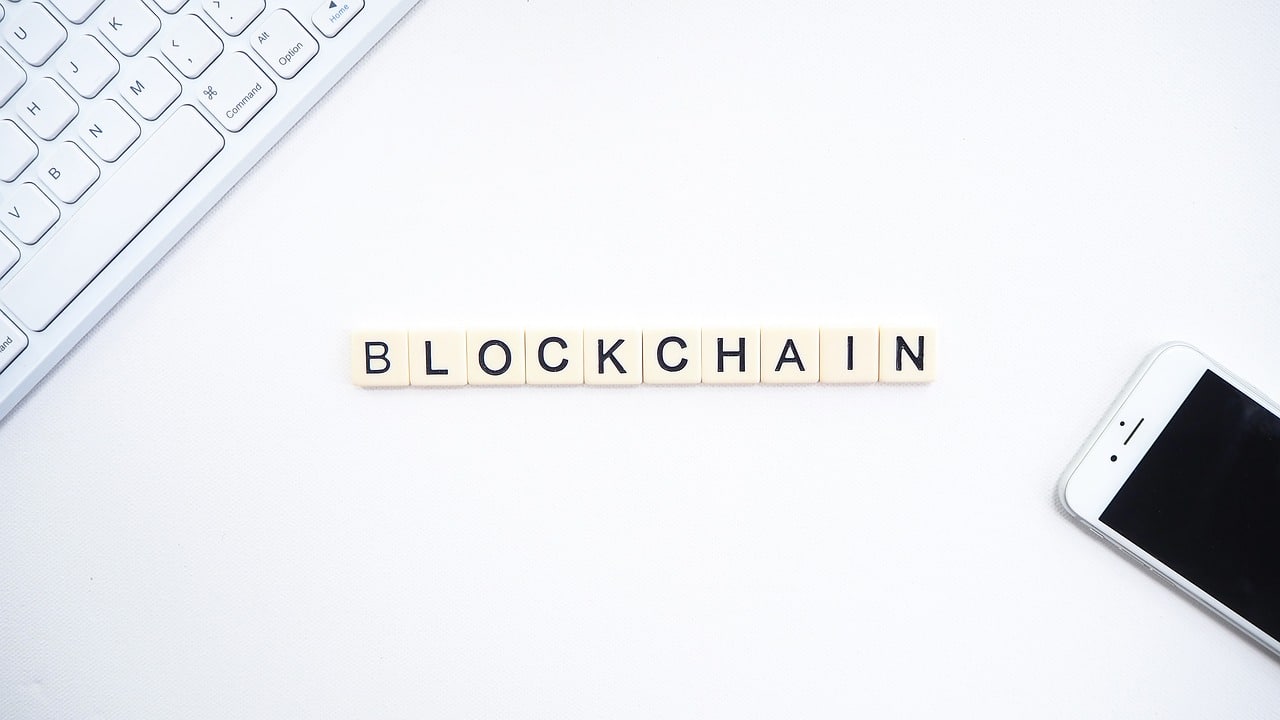
The digital euro is coming: when we’ll be able to use it and what will change
The idea of a “digital euro” is no longer science fiction—it’s rapidly becoming a concrete project from the European Central Bank (ECB). In a world increasingly dominated by instant payments, smartphones, and online transactions, Europe is working to introduce a digital form of the euro to complement traditional coins and banknotes.
But when will we actually be able to use it, and what changes will it bring to our daily lives and the financial system? This article explores what the digital euro is, how it differs from current tools, what advantages it offers, and what still needs to be addressed before its adoption.
What is the digital euro
The digital euro—also known as a Central Bank Digital Currency (CBDC)—is a digital currency issued directly by the ECB and the national central banks of the euro area. Unlike cryptocurrencies, it is neither speculative nor privately managed: it’s legal tender, backed by the Eurosystem itself, and designed to be accepted across all eurozone countries.
Through this vision, the digital euro represents a new form of public digital money, accessible to both businesses and citizens, and designed to support online payments, in-store transactions, and peer-to-peer exchanges.
How it differs from the current system
Today’s system relies on cash, cards, wire transfers, and private digital payment services. The digital euro, on the other hand, would give users direct access to central bank money in digital form. This means the currency would not be a claim on a commercial bank but a direct liability of the ECB.
Importantly, the digital euro is intended to coexist with cash: it won’t replace physical money, but will complement it, preserving user choice. There’s also potential for offline functionality—allowing payments even without an internet connection—and peer-to-peer transfers, which could simplify and reduce the cost of everyday transactions.
When we’ll be able to use it
According to official projections, the digital euro could reach its final rollout phase between 2026 and 2029. For now, it’s in a preparatory phase: the ECB has laid out its regulatory framework and selected providers to help build the technical infrastructure.
For everyday users, this means it will take a few more years before we can open a digital euro wallet and use it for routine payments. However, EU authorities emphasize that access will be broad and free—just like cash.
Expected benefits
Key advantages of the digital euro include greater efficiency in the payments ecosystem, reduced reliance on non-European private networks, and greater financial inclusion for unbanked individuals.
Merchants could benefit from lower fees and a more consistent payment experience across the eurozone. Consumers could use the digital euro for online purchases, transfers, and in-store payments more easily and securely.
Adopting a public alternative alongside private services could also help reinforce Europe’s digital sovereignty, offering a counterbalance to dominant American and Asian platforms.
Key challenges and critical elements
Introducing a digital euro is not without its challenges. Chief among them is ensuring privacy, resilience, and broad accessibility. European authorities state that the system will be designed to meet the highest data protection standards and to include people excluded from traditional banking.
That said, the rollout will require new infrastructure, widespread digital wallets, and safeguards against cyber threats, offline misuse, or pressure on the banking system. Another open question is whether the system will be based on blockchain or more traditional architectures.
How our daily lives will change
Once live, users will likely open a digital euro wallet with their bank or an authorized intermediary, load funds into it, and immediately use them for physical store payments, peer-to-peer transfers, or online purchases—without relying on traditional intermediaries.
In effect, it will become a type of “digital cash”: easy to use, secure, and accepted across all eurozone countries. This shift could simplify spending habits, eliminate currency exchange fees for cross-border payments, and offer a harmonized experience for all EU citizens. Still, the preservation of physical cash remains essential to ensure full inclusion.
The digital euro marks a pivotal shift in the world of money and payments—but it’s not arriving overnight. It’s the result of years of research, regulation, and technological planning. For citizens, it means a safer, simpler, and more flexible way to pay. For Europe, it signals digital sovereignty and innovation.
In the meantime, it’s worth learning how this tool will work, which intermediaries will distribute it, and what it means for privacy and access. When the digital euro becomes reality, those who are ready will be able to benefit from it right away.








